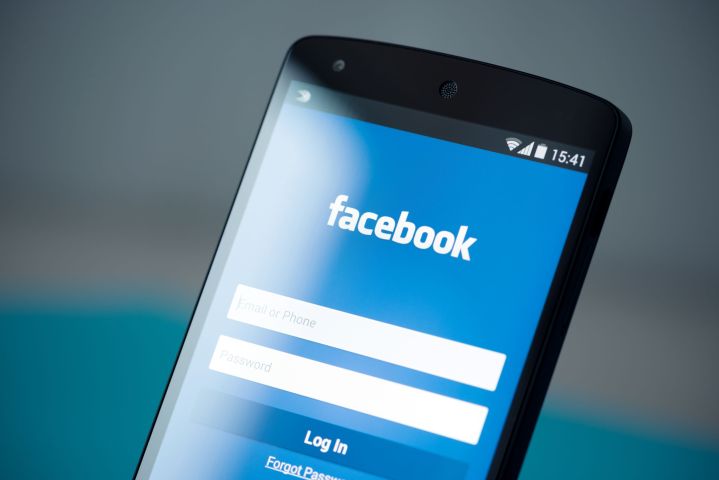
A Reuters report relies on “two sources with direct knowledge of discussions between Facebook and the Egyptian government,” both of whom claim that Free Basics was ultimately shut down in the African nation because Facebook “would not allow the government to circumvent the service’s security to conduct surveillance.” The Silicon Valley-based social network has not commented on these allegations. However, spokesman of Egypt’s Ministry of Communication noted that Free Basics was blocked for other reasons (though whether these were in addition to the surveillance claims is unclear).
“The service was offered free of charge to the consumer, and the national telecommunication regulator saw the service as harmful to companies and their competitors,” the spokesman said.
Facebook, which launched Free Basics for low-income individuals in developing countries last year, has now brought the Internet (or at least itself and a few other sites) to 37 countries, and apparently over 3 million Egyptians were using the service before it was blocked. But Egypt is by no means the only nation to have raised concerns over the program. Indian officials have also accused Free Basics of violating net neutrality rules, and blocked the service following a two-month public consultation process.
While Facebook at large still remains alive in well in both Egypt and India, the company has said that it is “disappointed” by the elimination of Free Basics, and previously noted that it hoped to “resolve (the) situation soon.” Unfortunately, that possibility appears further and further away.


